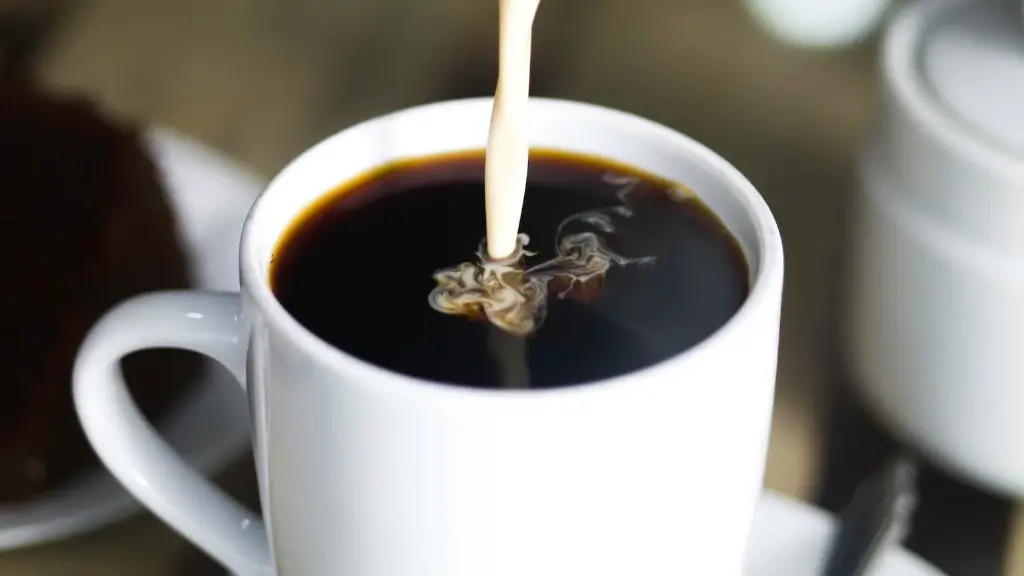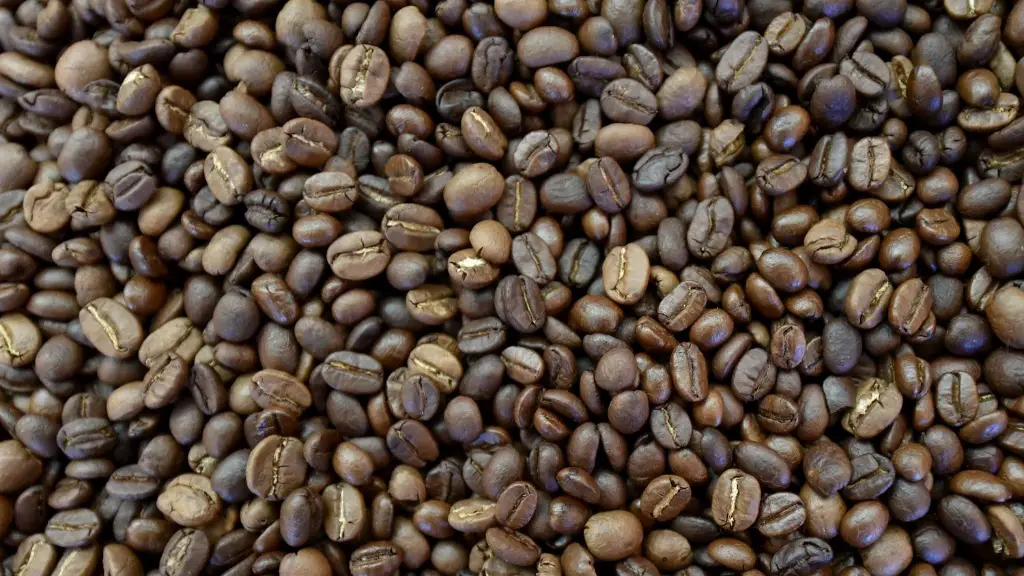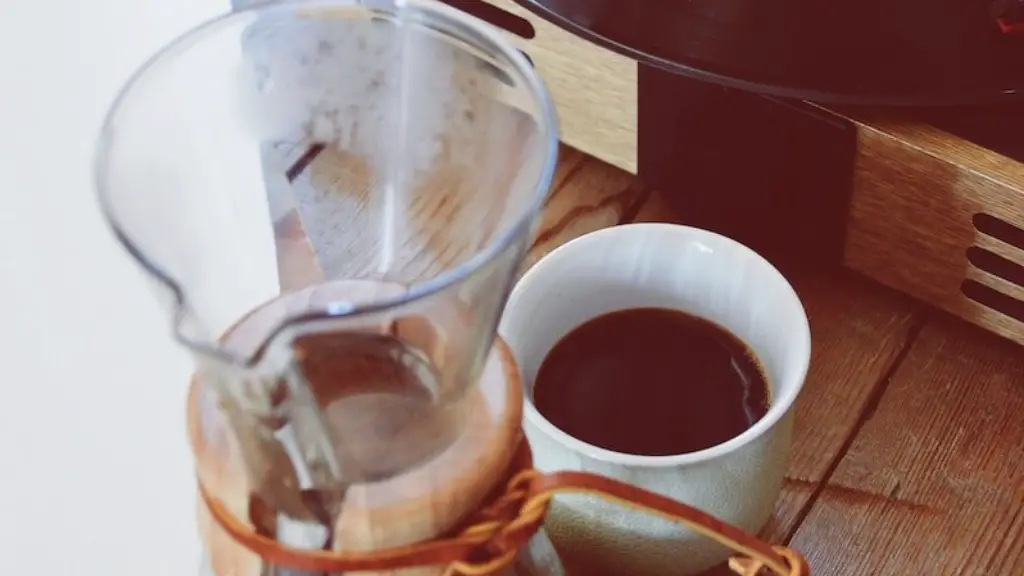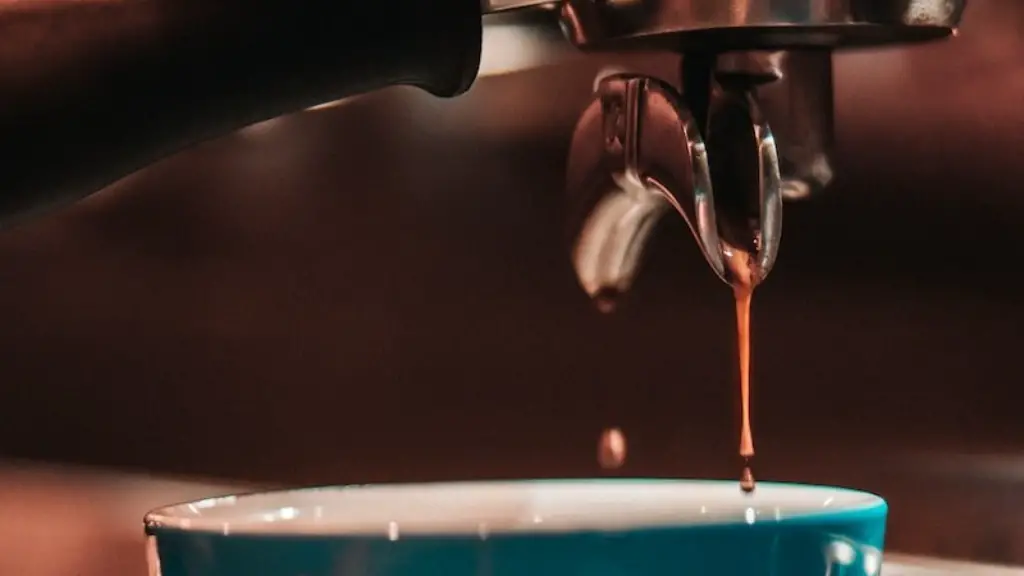Coffee, as a hot beverage, has a unique flavour and is well known to energize us and increase focus. During recent years, it has become an incredibly popular drink and has no intention of losing its place as an energizing and social beverage. But with our adoration of coffee comes an unsightly side effect: teeth staining. The question linger: does drinking coffee through a straw prevent teeth staining?
Coffee,and other beverages such as tea, contain tannins which are linked to teeth staining. Tannins are found in plants and are responsible for bitter tastes. The caffeine in coffee can contribute to the staining, yet the main culprit is tannins.
Dentists and oral hygienists have varying opinions on the matter. Some believe that drinking coffee through a straw will help to minimise its effects on teeth, whilst others think that the tannins will still affect tooth enamel, regardless of whether its drunk with a straw or not. According to a leading dental hygienist, minimizing stain harshness and tooth discolouration is not impossible but should not be solely based on drinking coffee through a straw.
It is important to bring into consideration the type of straw. If its made from plastic, there is a huge risk of it introducing additional bacteria into the coffee and staining the teeth at a much higher pace due to the acidity. Additionally, recent studies suggest that plastic straws contribute to ocean pollution. Nevertheless, a metal reusable straw can be a great alternative.
As an avid coffee drinker, I personally prefer a metal reusable straw. It helps to minimise contact between the drink and my teeth and prevents me from exposing my teeth to too much sugar or extra bacteria. It also allows me to enjoy my beverage without the worry of teeth staining or damage.
Despite the clever use of a straw, teeth staining can be avoided by following a few simple tips. First of all, aim to limit the intake of coffee, tea, and other sugary beverages. Instead, opt for water and balance out your diet with more vegetables. Secondly, brush and floss your teeth twice a day and visit your dentist for regular check-ups. Lastly, make sure to rinse your mouth with water or mouthwash after drinking coffee.
Use of whitening toothpaste
To whiten teeth and help reduce the discoloration of teeth, whitening toothpaste can be used. When in doubt, it’s best to contract a dental professional to gauge which teeth whitening product suits your teeth best. Brands may contain varying ingredients and be careful not to overuse whitening toothpaste or any high concentration of hydrogen peroxide as they have a negative impact on the health of your teeth and can cause our teeth to weaken.
When using a whitening toothpaste, it is always important to read the instructions carefully. It is not made to be used every day and, in fact, it should be used in place of your regular toothpaste as it is a way to reset and balance any discoloration of your teeth.
Teeth whitening can involve several approaches and experimentation is key. Be mindful of the effect of food on your teeth and brush your teeth regularly. When choosing a whitening toothpaste it is important to select the product in accordance with the needs of your teeth. Typically, for the healthiest teeth, you should use a tooth paste that has been certified by the British Dental Health Foundation or similarly professional body.
Toothbrushing Technique
An effective technique is key to the long-term prevention of teeth staining. When brushing your teeth, it is important to be proactive and use a small, circular motion. This helps to both remove plaque and reduce the likelihood of residual plaque build up and discoloration. When dried plaque can lead to gaps, colouring and ultimately, staining.
Additionally, it is essential to focus on the crevices found between the teeth. Plaque tends to accumulate here and thereby, increase the chances of discoloration. An age-old technique for reaching these spots is to tilt your brush at a 45° angle and scrape between the teeth.
When you are finished brushing and cleaning in between your teeth, it is important to ensure all residue is gone. To reach this goal, use mouthwash as an additional cleaning tool. Also, be sure to schedule regular visit to the dentist to ensure you’re taking good care of your teeth and gums.
Effects of diet on teeth health
Finally, diet can play a major part in staining or discoloration of teeth. Foods and beverages such as coffee, tea and dark beer are important sources to be aware of as they can cause staining. The best diet for teeth health is one that involves natural fibre and water-rich foods such as vegetables, low-sugar fruits, oats, acacia gum, seeds and nuts.
Foods that contain high levels of staining agents, such as coffee and tea, can neutralise both the protective enamel of our teeth and its natural hardness. It is important to be mindful of the foods we choose to consume and to take note of the effects on our teeth.
Cutting down on sugar, watching our diets and learning to brush using the right technique are all factors that will help us protect our teeth from discolouration and staining. They are our first line of defence against yellow or stained teeth.
Whitening strips for teeth
Tooth whitening strips are a popular and effective way of whitening teeth as many patients have experienced considerably lighter teeth after using them. They are most effective when used in combination with a cream or gel and typically come in two forms – strips and filled trays.
The results often vary depending on the type of whitening method and individual factors such as age, oral habits and oral health. Like whitening toothpaste, whitening strips contain a factor such as hydrogen peroxide to brighten our teeth. Once used, they can dramatically improve the colour of our teeth in a few days.
One downside of using strips is that they often take longer to see results than other forms of whitening. Additionally, a strong sensitivity can be experienced during the process. This is due to the strips exposing the naturally soft dentins. It is recommended to start with a lower dose of hydrogen peroxide, usually around 3.5%, for two weeks and then move onto higher doses for a span of two weeks.
Professional Teeth Whitening
Professional teeth whitening is another way of restoring stained teeth to their natural colour. Teeth whitening treatments can be done at a clinic and involve the use of a special type of light to break down the pigment and activate a bleaching solution that helps to remove most, if not all, of the stains present. These treatments are carried out by qualified and trained dentists who have the right expertise and knowledge.
The length and intensity of a treatment can vary greatly, but the duration of treatment is typically dependent on the individual’s level of staining and type of treatment used. The dentist or dental hygienist will be able to give advice or recommend different types of treatments.
Additionally, after the teeth whitening process, it is recommended that the patient to use a gentle fluoride toothpaste for two weeks to help restore the enamel and provide proper protection. Additionally, it is important to avoid smoking, drinking, and eating dark-coloured food and beverages that can stain the teeth.
Conclusion
In conclusion, drinking coffee through a straw could prevent teeth staining if used effectively and correctly. When combined with regular dental visits, a balanced diet and an effective tooth brushing technique, it can certainly help. It is important to combine these methods for the most effective and natural results. Finally, it is always wise to contact a dental surgeon or hygienist to ensure that the procedure is suitable for you and discuss options.





